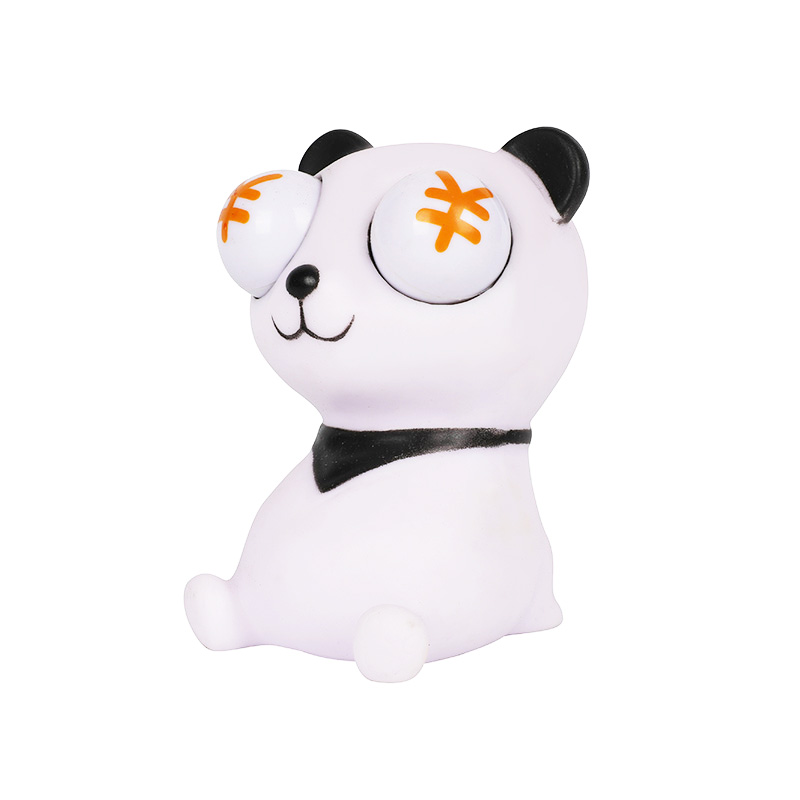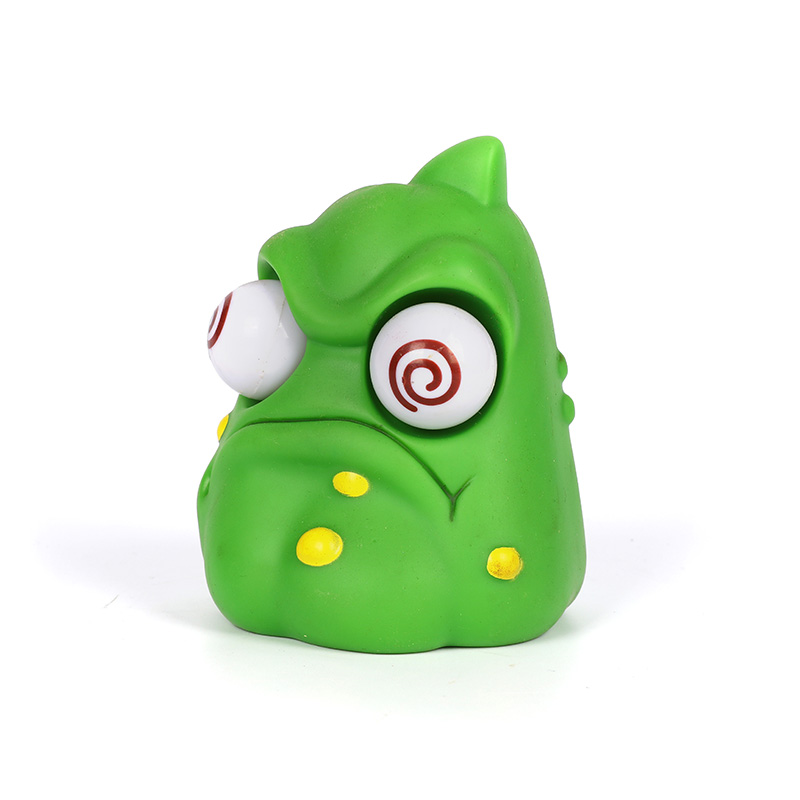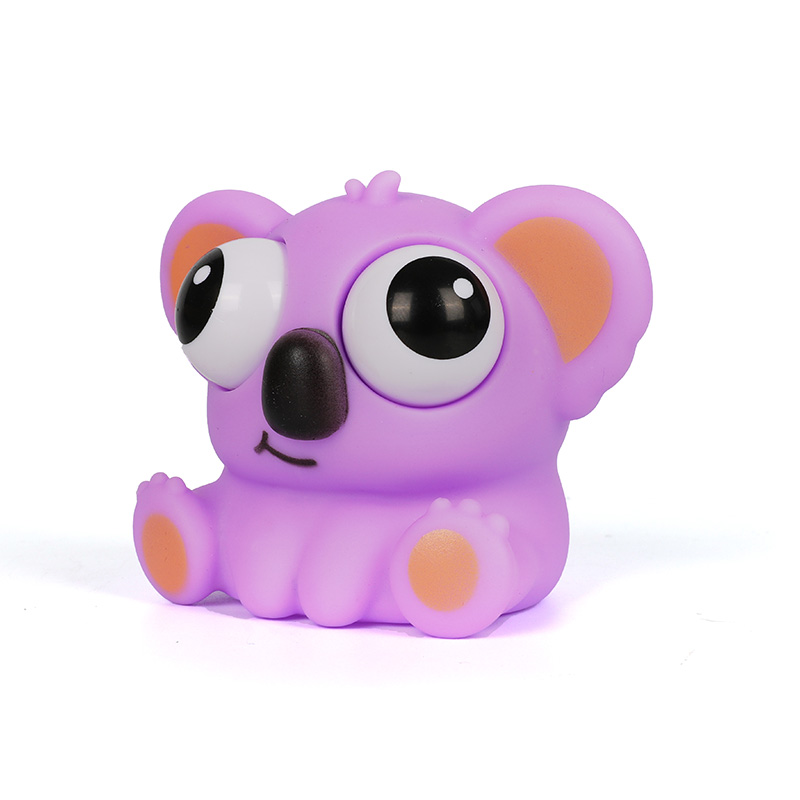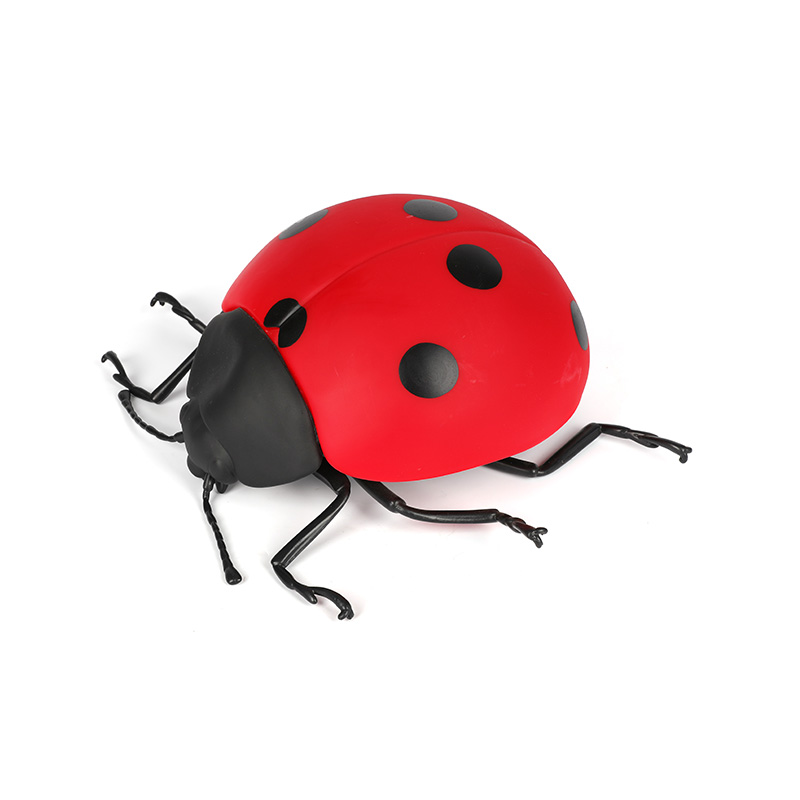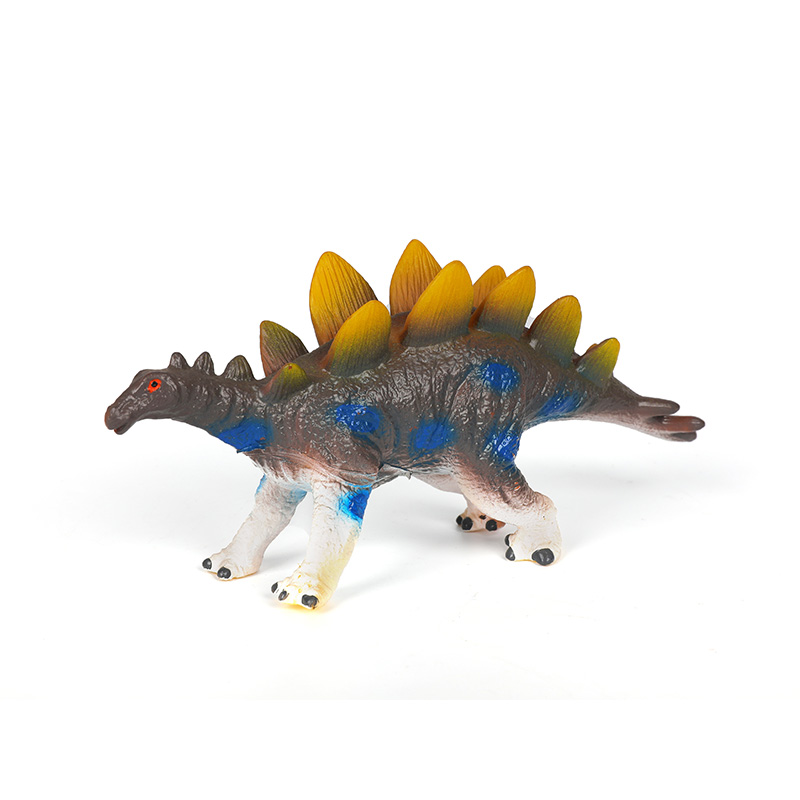- Type:
- Industry News
- Date
- 2024-Aug-16
How Plastic Molding Toys And Stress Relief Bubble Toys Serve Their Purpose
Plastic molding toys and stress relief bubble toys are prominent examples of how innovative design and material science come together to meet various needs. These toys not only provide entertainment but also serve functional purposes such as stress relief and sensory stimulation. Understanding how these toys fulfill their roles involves exploring their design, material composition, and user benefits.
Plastic Molding Toys: Design and Functionality
Plastic molding toys are crafted using a process where plastic materials are heated to a molten state and then injected into molds to create various shapes and forms. This method allows for the production of toys with intricate details, varied textures, and vibrant colors. The versatility of plastic molding makes it possible to produce toys that cater to different age groups and developmental stages.
One significant advantage of plastic molding toys is their durability. The plastic used in these toys is designed to withstand rough handling, which is particularly important for toys meant for younger children. Additionally, the design flexibility offered by plastic molding enables the creation of toys that can aid in the development of motor skills, cognitive abilities, and creativity.
For instance, educational toys made through plastic molding often include features that stimulate problem-solving and hand-eye coordination. Toys with interlocking parts, movable components, or interactive elements are examples of how plastic molding can enhance learning and play. By engaging children in hands-on activities, these toys contribute to their cognitive and physical development.
Stress Relief Bubble Toys: Mechanisms and Benefits
Stress relief bubble toys, such as pop-it fidget toys, have gained popularity for their ability to provide relaxation and sensory stimulation. These toys are often designed with a series of bubbles or buttons that users can press and pop repeatedly. The soothing sensation of pressing and the audible "pop" sound offer a calming effect, making these toys popular among individuals seeking stress relief.
The design of stress relief bubble toys typically involves silicone or other flexible materials that can endure repeated use. The tactile feedback provided by these toys is key to their effectiveness. The repetitive action of pressing the bubbles can help distract users from stressors and provide a sensory break.
Furthermore, stress relief bubble toys can be beneficial for individuals with anxiety, ADHD, or autism. The sensory input from these toys can aid in focusing attention and managing stress levels. By offering a simple and engaging way to channel nervous energy, these toys play a role in enhancing mental well-being.
Comparing Plastic Molding Toys and Stress Relief Bubble Toys
While both plastic molding toys and stress relief bubble toys are designed to meet specific needs, their functionalities and user benefits are distinct. Plastic molding toys are primarily focused on developmental and educational aspects, providing children with opportunities to learn and grow through play. These toys are characterized by their diverse designs and educational value.
In contrast, stress relief bubble toys are designed with the primary aim of providing relaxation and sensory stimulation. They are often used by individuals of all ages seeking a simple way to manage stress and anxiety. The tactile and auditory feedback from these toys offers immediate gratification and stress relief.
Despite their different primary functions, both types of toys share a common goal: enhancing user experience through thoughtful design and material choice. The effectiveness of these toys lies in their ability to fulfill their intended roles and provide users with meaningful interactions.
The Impact of Material Choice and Design
The materials used in both plastic molding toys and stress relief bubble toys play a crucial role in their performance. For plastic molding toys, the choice of plastic impacts the toy's durability, safety, and overall quality. High-quality plastics ensure that the toys can withstand daily use and maintain their appearance over time.
In the case of stress relief bubble toys, the choice of flexible materials such as silicone affects the toy's sensory feedback. The material's flexibility and resilience contribute to the satisfying tactile experience that users seek. Additionally, the design of these toys, including the size and arrangement of the bubbles, influences their effectiveness in providing stress relief.
Plastic molding toys and stress relief bubble toys exemplify how design and material science can address various needs. Plastic molding toys offer educational and developmental benefits through their durable and versatile designs, while stress relief bubble toys provide sensory stimulation and stress relief through their simple yet effective mechanisms. Understanding the roles these toys play in enhancing user experience highlights the importance of thoughtful design and material selection in creating products that serve their intended purposes effectively.


 English
English
 English
English русский
русский Español
Español